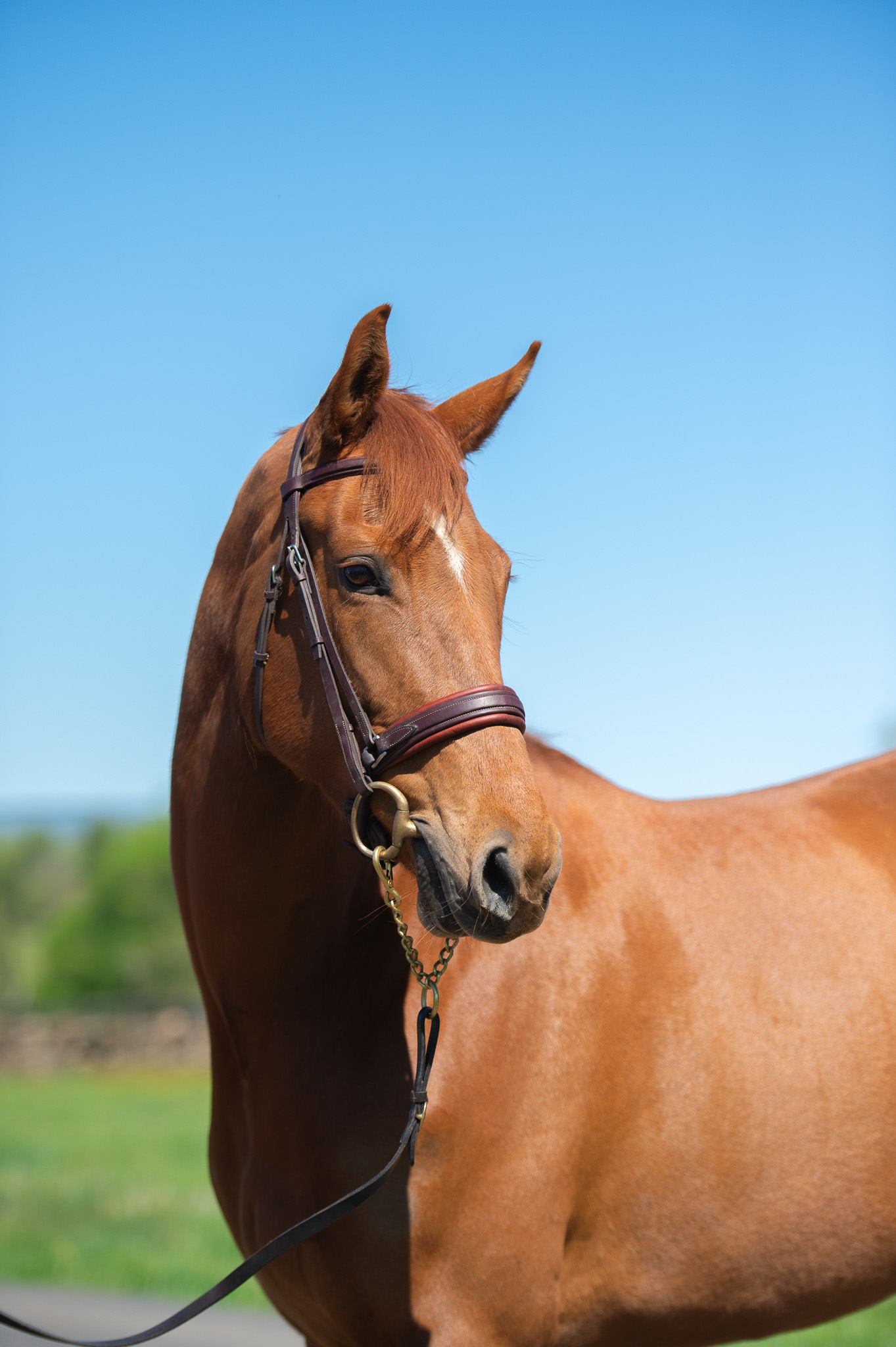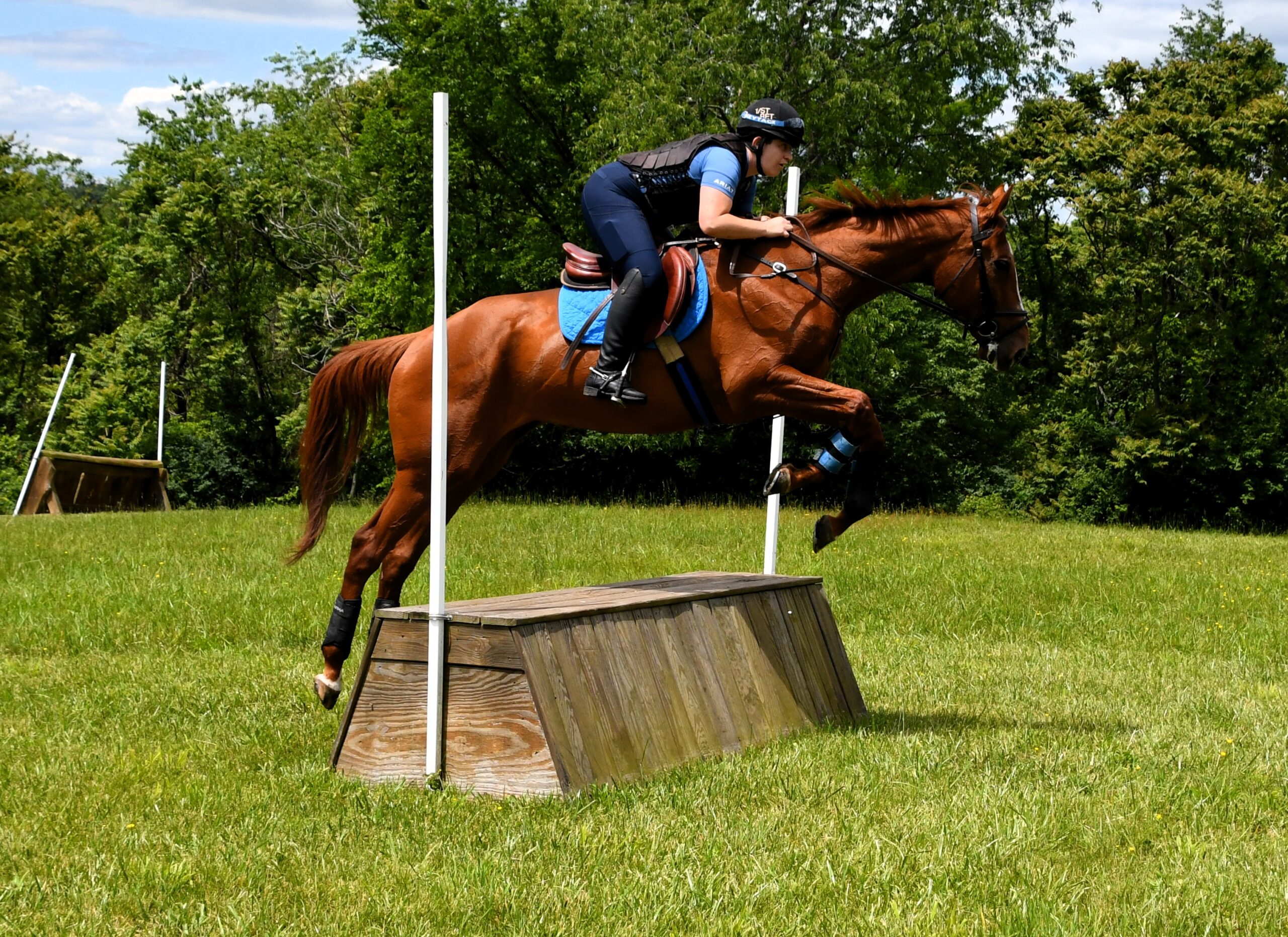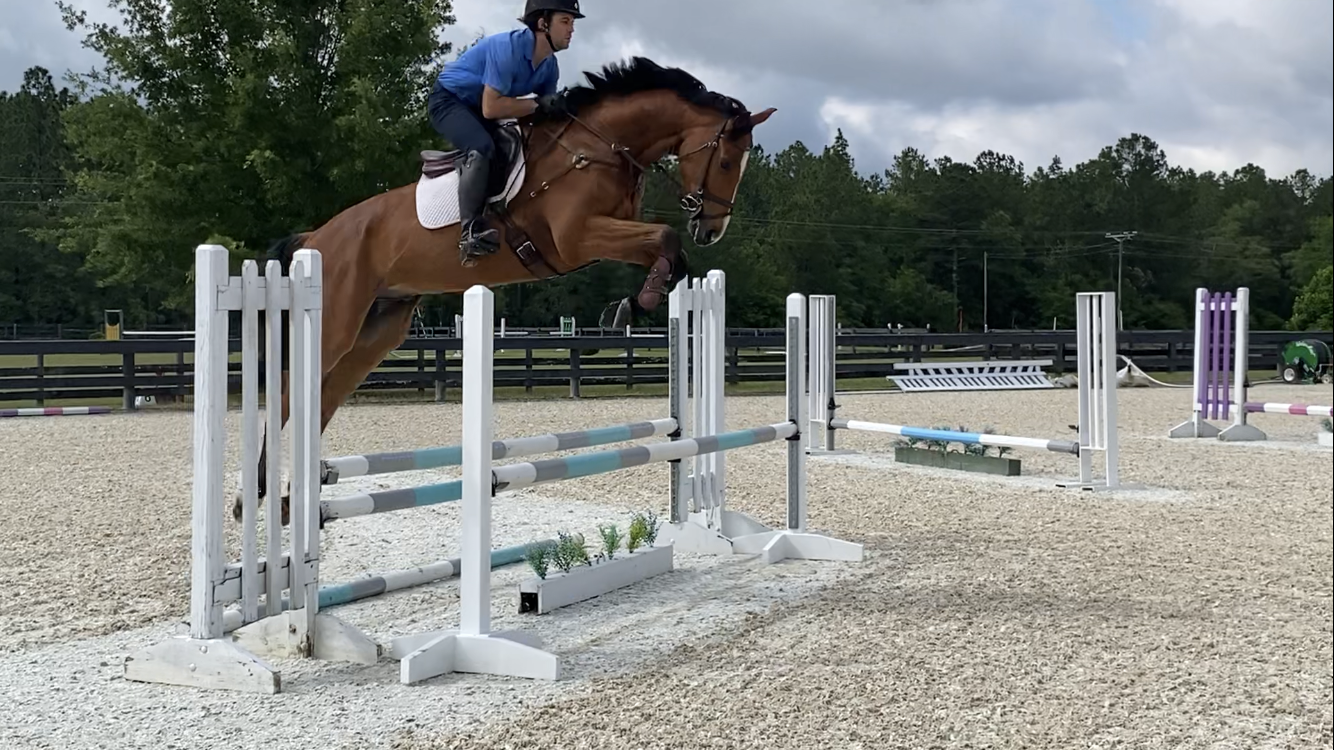The 2025 Eventing Development 25 and Developing Programs started the year with two educational training sessions held in Ocala, Fla., throughout January, setting the tone early and helping to shape future success for participating athletes. Combinations rode in a multi-day clinic with USEF Eventing Development Coach Leslie Law and Ian Stark, providing valuable coaching and guidance to help further their skills and to better prepare them for the competitive season and the next Olympic quadrennial. Additionally, athletes participated in educational workshops to further build on their knowledge and hone their horsemanship skills as up-and-coming professionals in the industry.

(©Devyn Ivy Media)
“The athletes bring with them an absolute dedication, professionalism, and commitment to achieving a future of more with the very important focus on sport success being the end goal, while balancing that with a respect for their animals and a commitment to a high level of horsemanship,” said Law.
The following USEF Eventing Development 25 athletes participated in the session held from January 6-9, 2025:
- Alexandra Baugh (Lexington, Ky.)
- Olivia Dutton (West Grove, Pa.)
- Lizzie Hoff (Gig Harbor, Wash.)
- Meg Pellegrini (Wayne, Pa.)
- Cassie Sanger (Wilmington, Del.)
- Maddie Temkin (Lexington, Ky.)
The following USEF Eventing Development athletes participated in the session held from January 27-30, 2025:
- Mia Farley (Ocala, Fla.)
- Cornelia Fletcher (Ocala, Fla.)
- Alyssa Phillips (Fort Worth, Tex.)
- Julie Wolfert (Bucyrus, Kan.)
Athletes not able to make it to the east coast received their training adapted based on their location. Eventing Development 25 athletes, Elsa Warble (Portola Valley, Calif.) and Molly Duda (Menlo Park, Calif.), reside on the West Coast and received training from Law separately, while Cosby Green (Lexington, Ky.) and Jenny Caras (Buckhead, Ga.) are based full-time in England.
Both four-day sessions included individual dressage lessons on Monday and Wednesday at Shady Oaks East and cross-country sessions on Tuesday. The Development athletes had the opportunity to ride with Ian Stark at Okonokos Farm. All athletes finished the mounted portion of the clinic with a day of jumping at Notting Hill Farm with Law and Chris Barnard.

(©Devyn Ivy Media)
“I thought the whole process was really neat and learning from legends like Ian and Leslie was very beneficial for my riding,” said Julie Wolfert, a first-time participant in the USEF Eventing Development Program. “I loved how the lessons were one-on-one and were adjusted depending on what the horse and athlete needed.”
Athletes participated in several unmounted educational sessions, learning from industry experts in a variety of fields directly impacting the performance and lifestyle of professional equestrian athletes, both in and out of the competition arena. Renowned course designer, Barnard, led an in-depth discussion and hands-on practical session focusing on course design theory while explaining the technical aspects of course building for the various levels.
Olivia Minicucci, from the U.S. Olympic and Paralympic Committee (USOPC) led an informative session on human nutrition, helping athletes understand the crucial role of diet in optimizing performance and overall health. Dr. Jo Frantz, a licensed human physiotherapist who works with several USEF High Performance teams, offered a comprehensive look into the physical aspects of an athlete’s body, covering its role in strength, endurance, and injury prevention. Kenny Bark, who served as team farrier for the three teams fielded by US Equestrian at the 2021 Tokyo Olympic Games, shared his knowledge and expertise on shoeing high performance horses.
“I found it very helpful to work with, Olivia, from the USOPC, and our human physiotherapist, Jo, as there is so much we can improve in our own flexibility and strength which can then translate over to how our horse’s feel and move underneath us,” added Wolfert.
The comprehensive blend of practical knowledge and education from the unmounted sessions intends to better equip athletes with the necessary knowledge and understanding to continue development of both their horses and home programs to ultimately produce top results at the highest levels.
“It was a great way to start out the season, and I learned a lot both from the lessons and lectures that we had,” said Olivia Dutton. “Leslie’s lessons were very helpful and shared some very useful input that I will use throughout the season with all my horses.”
Learn more about the Eventing Pathway Programs here.

























































